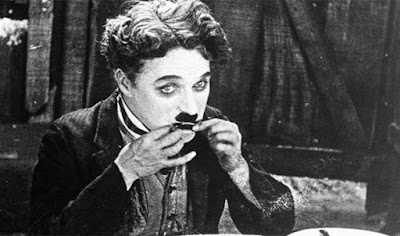Ever since the dawn of time, beards have been the epitome of manliness. Okay, that may be an exaggeration. There are thousands of different cultures and in some of them beards or facial hair are seen as anything but manly. And that is why beards are so interesting. It’s not something that you probably think about very often. But why do we think of beards the way that we do? Is it something that you just innately had inside of yourself when you were born. Did you just know that beards are manly kind of like how you knew that smiling signified happiness? Or was it something that was instilled in your through the conditioning of society? Well, we’ll leave deep and profound questions about the nature of beardery to the professional beard researchers but today we are going to look as some of the more simple and interesting aspects of beards.
Beards actually have a quite eventful history. It may seem a bit eccentric but beards have certainly played an important role in society. If you have realized it yet, then you haven’t lived long enough, but image says a lot. Whether its politics or business, the way you look, for better or for worse, is taken into account. And beards have been no different. These are 25 interesting insights into the history of beards!
- Spartans saw a shaved face as a sign of dishonor.
- In fact, they would often partially shave the face of cowards, as cowardice was a crime in Spartan society.
- Alexander the Great was the first man to make shaving popular.
- He ordered all his soldiers to cut their beards so that the enemy could not grab them in battle.
- The first recorded mustache is a Persian horseman painted on felt that dates back to 300 BC.
- Sideburns were named after the Civil War general Ambrose Burnside.
- While sideburns were popular in 19th century Europe, they declined in the 20th century.
- Some allege that their decline was due to the rise of gas masks in warfare.
- Made popular by Charlie Chaplain, the toothbrush was rendered unwearable by Adolf Hitler.
- It was actually quite popular among lower class Germans at the time who wore it in response to the flamboyant facial hair of the upper classes.
- During the Middle Ages, there were some cultures where touching another man's beard was a sign of extreme disrespect.
- Prehistoric men cut their beards using shells.
- The shells were later replaced by flint razors.
- The Ancient Egyptians began to use copper razors and pumice stones to shave because they believed that body hair was unclean.
- Today about 55% of males worldwide claim to wear facial hair.
- Only 30% of Americans sport facial hair.
- Don't feel bad though. There have been 10,000 year old cave drawings discovered that show clean shaven men.
- Peter the Great of Russia declared a tax on beards that was to be collected at every town gate.
- One theory as to the origin of the word barbarian involves the idea that when shaving became popular throughout the world the unshaved people were referred to as barbarians i.e. unbarbered.
- The longest mustache on record was 3 meters (10 feet), grown by Birger Pellas of Sweden.
- The longest beard on record was grown by Hans Langesth of Norway. It was 5.3 meters (17.5 feet).
- Gillette razors were issued to American troops in World War 1.
- Shaving gels were first manufactured in the 1970s.
- If the average man lives to be 80, he will have spent 38 years shaving.
- To end with an interesting fact – men tend to have facial hair when the marriage market is good. When its hard to find a wife, they tend to shave. Scientists think this may be in order to make women feel safer/more comfortable.
Article published on http://list25.com/

No comments:
Post a Comment